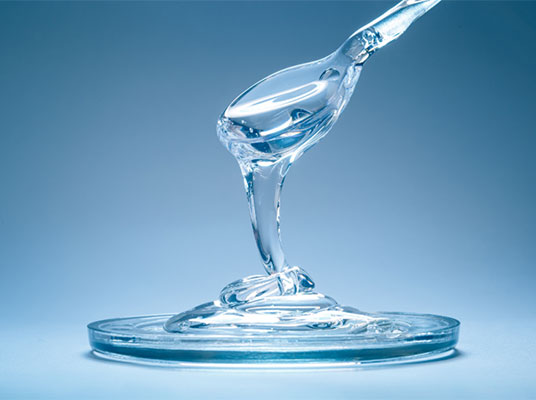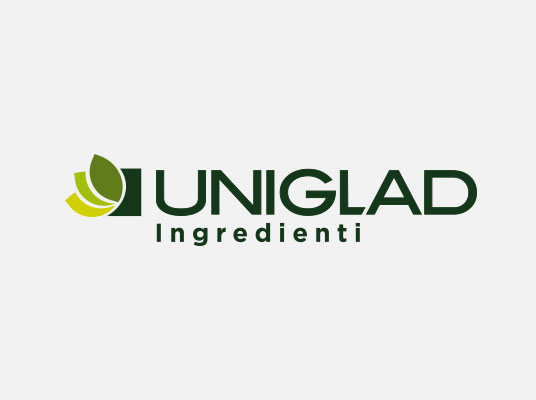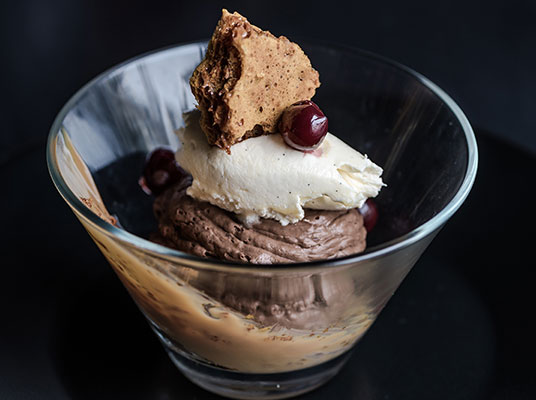Uniglad has renovated itself proposing a new logo and a new website...
How to cut sugar in food without altering the taste?
New food sweeteners that allow cutting sugar content while preserving taste food.
Following the recent WHO recommendation, sugar consumption in food has been objected of several attentions. The growing concern of sugar towards negative aspect of human health has influenced consumers’ buying behaviour. It doesn’t surprise therefore that the Public Health England (PHE) has fixed a sugar reduction target 20% off by 2020.

To satisfied new shopper and consumer behaviour, companies have to develop healthier food, without altering the taste. How can do that?
Before entering the topic, we need to define what is it a food with low sugar or sugar-free. To be clear in this argument EU Nutrition Claims Regulation (no.1924/2006) has emanated nutritional and health label instructions. Low sugar claim can be used when the product contains no more than 5 g of sugars per 100 g for solids or 2,5 g of sugars per 100 ml for liquids. While a sugars-free food is when the product contains no more than 0,5 g of sugars per 100 g or 100 ml.
Consumer evaluation is made by using food labels, in which the nutritional characteristics of the food are indicated. When providing nutrition information, companies are required to declare:
- energy value;
- amounts of fats, saturates, carbohydrates, sugars, protein and salt;
As evidence from the requirements list, sugar is a mandatory information to fill in food labels. Sugar voice means monosaccharides and disaccharides, which are short chains with a degree of polymerization DP1 and DP2. Examples of this sugar are: glucose, fructose, maltose, sucrose and lactose.
Sugar with this meaning doesn’t involve complex sugar, like polysaccharides. For this reason, it is possible to reduce sugar preserving the same food taste, substituting monosaccharides and disaccharides with polysaccharides, which are not considered in food label sugar indication.
Possible alternatives can be fibres, polyols – as sorbitol, mannitol, isomalt, maltitol - and syrups with high sweetening power.
Especially for the last option, Tereos, our partner, has developed new ingredients: Mylose®351 and Glucodry®314. Energy content is 4kcal/g and they have a dextrose level equal to 32. The major benefit of using these ingredients is that they are not considered in sugar content, thus reducing all sugar food content.
The main benefits of using these ingredients are 4:
- Nutritional label: total energy and carbohydrates are not modified, in fact, information in carbohydrates indicated the total of complex carbohydrates, while the wording “of sugar” indicates only simply or added sugar. Doesn’t contain complex sugar, like polysaccharides;
- Technologic benefit: a higher level of degree of polymerization DP3 and DP4 allows a lower DE degree, reducing indeed sweeteners food degree and its hygroscopic. Millard reaction will be limited and viscosity will increase considerably, thus optimising texture product;
- Cutting cuts: allow better product manipulation, thus guaranteed a process cost reduction, generating a well impact on overall production;
- Low glycemic index: consent to grant a constant sugar index in blood and a reduction in diabetes risk. Moreover, fats in blood will be normalised, contributing to defeat from the heart attack and stroke.
Markets applications of Mylose®351 e Glucodry®314 are multiples. There are a lot of applications in confectionary, like candies and jellies; beverage sector for carbonated drinks fruit-based and sporty. In pastry sector some applications are biscuits or sponge cake; chocolate and spreads; cereal bars and also in ice cream sector there are remarkable applications that help a reduction in sugars.
Do you want find if Mylose®351 and Glucodry®314 could be used in your food? Let’s drop a line or Call 01757- 244872



